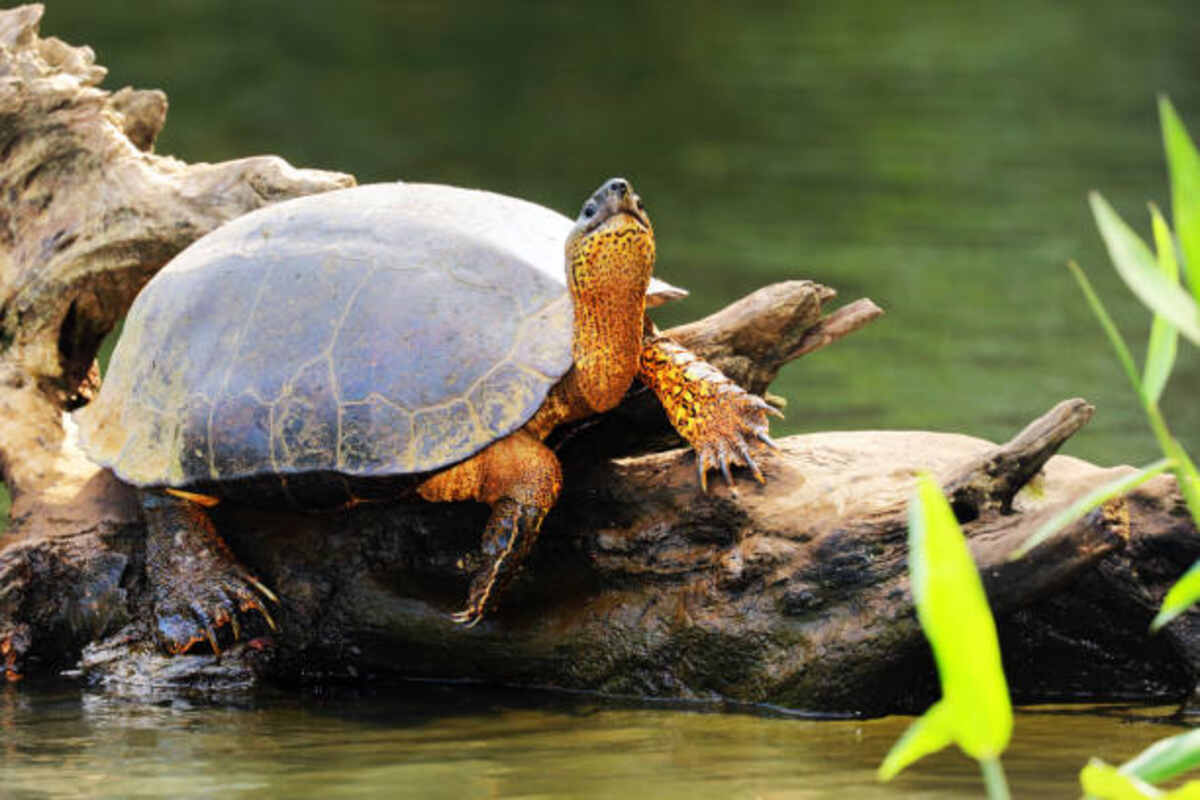Apply Leave No Trace principles to enjoy nature responsibly and reduce our impact on its resources.
At the foothills of Adirondack Park in southwestern New York State lies this state forest offering recreational activities of all sorts. There are lakes, ponds, and streams on its property, while pine barrens and oak savannas host wild lupine populations – essential habitats for Karner blue butterflies.
Hiking
Black River Wild Forest provides you with numerous hiking opportunities, from mountain biking to strolls along peaceful streams. Nestled in the southwestern foothills of Adirondack Park, it is the ideal setting for year-round outdoor exploration and adventure.
This wilderness area features numerous trails and campsites, as well as multiple brooks, streams, and ponds that contain trout for recreational fishing.
The Black River Wild Forest encompasses portions of Herkimer, Hamilton, and Oneida counties in the Adirondack Foothills in southwestern New York State. This vast undeveloped landscape is dominated by relatively low hills interspersed with lakes, ponds, and swamp areas featuring spruce-fir/pine combinations along water courses – not exactly remarkable at first glance, but once you take a closer look, this area becomes striking. Although initially, it might not seem unique at first glance once, closer inspection reveals it as de facto wilderness protected not by law or policy but simply by lack of public attention – an oasis where you can wake up, canoe out to your primitive campsite site, hunt wild turkeys while cooking delicious meals over open fires before watching the sun set over sandstone buttes!
Fishing
The Black River Wild Forest provides anglers with numerous fishing opportunities. The 73-mile-long river features brown and rainbow trout as well as a quality-sized walleye population. Other fishing opportunities can be found on ponds and lakes that comprise this ecosystem, such as Brewer Lake and Woodhull Lake, which are accessible via trailheads, hand launches, or trailer launches.
The North Lake Easement Tract, more commonly referred to as the J.P. Lewis Tract in Ohio Town in Herkimer County, is an 11,490-acre tract bounded by Black River Wild Forest on its southwest and West Canada Lakes Wilderness on its northeast borders. Featuring rolling topography typical of forest preserve lands as well as creeks, brooks, and ponds in its rolling terrain are, Canachagala Mountain (2,606) and Golden Stair Mountain (2,391) can also found in its borders, respectively.
To protect the area, visitors are strongly encouraged to adhere to Leave No Trace principles in order to minimize their impact and avoid conflicts with other backcountry users. Furthermore, visitors can reach out to their local Forest Ranger for further advice or information.
Camping
The Black River meanders through this park of 180 acres of wilderness, creating a peaceful setting for campers who enjoy hiking, fishing, and kayaking. Campers looking for accommodations may select tent, yurt, and RV sites with regular maintenance-provided yurts that feature 30-amp power hookups.
Trails cross this unit, providing hiking and horseback riding opportunities during the warmer months; in wintertime, they transition into snowmobile trails for use by snowmobilers. Some roads in this unit also allow motor vehicle access to private inholdings.
Nicks Lake Campground offers recreational boating, swimming, and fishing opportunities in this park. Paddlers can launch their kayak or canoe from its car-top boat launch.
Campers can enjoy breathtaking sunsets over the water or watch moonlight glitter along the Black River, watching it set behind towering pines lining Juniper Lake, or stroll through a mile-long nature trail at Juniper Campground. Visitors might spot wildlife such as white-tailed deer, bobcats, or even the rare Karner blue butterfly.
Snowmobiling
Black River Wild Forest provides snowmobiling enthusiasts with access to an expansive network of snowmobile trails spanning a variety of terrain. Additionally, this unit boasts numerous public vehicle-accessible lakes as well as primitive roadside tent sites. The Black River Lake serves as an ideal winter launch pad, while North Lake in Atwell features 22 campsites accessible by vehicle with motors being permitted – but take care as there may be other recreational users present on its waters as well as private inholdings where trespassing may not be tolerated.
The State Department of Environmental Conservation oversees the management of the Black River Wild Forest according to its 1996 Unit Management Plan (UMP). This document includes details regarding natural features, recreational infrastructure, geology, ecology, natural and human history, and more.
The Unified Management Plan (UMP) includes a proposal to improve snowmobile connections between communities in the southwestern Adirondacks by creating new trails and redesignating others. Peter Bauer, executive director of Protect the Adirondacks, is concerned that such changes may reduce snowmobiler trail mileage in Black River Wild Forest by turning many existing routes into community connector routes designed for quick travel between hamlets.
Snowshoeing
Black River Wild Forest provides snowshoeing opportunities on numerous hiking trails, as well as miles of cross-country ski trails on state forest land, featuring both classic and skate skiing groomed to perfection. Trail passes may be purchased daily or annually at Cunningham’s Ski Barn in North Creek.
The Nelson Lake/Remsen Falls Loop hike covers 23 miles, beginning and ending at Smerkar Lot, a paved parking area, and a heated shelter. The initial portion of this journey offers a stroll in the woods before ascending a well-eroded path up onto an increasingly challenging descending ridge.
The North Lake Conservation Easement Tract in Ohio Town in Herkimer County lies close to Black River Wild Forest and West Canada Lakes Wilderness, boasting similar rolling topography and natural features found within Forest Preserve lands nearby, such as several ponds, creeks, and brooks. Canachagala Mountain (2,606ft) and Golden Stair Mountain (2,391ft) can both be found within its boundaries; additionally, there is Flatrock Mountain Conservation Easement Tract, which both contains conservation easements restricting development while permitting forest products harvesting activities on both tracts.


